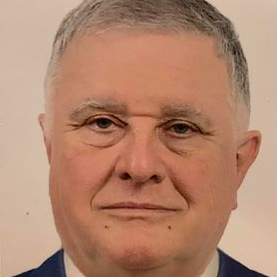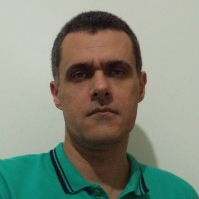Design Optimization and Performance Monitoring of Heat Exchangers
A special issue of Processes (ISSN 2227-9717). This special issue belongs to the section "Chemical Processes and Systems".
Deadline for manuscript submissions: closed (31 December 2021) | Viewed by 8125
Special Issue Editors
Interests: process systems engineering; equipment basic design optimization financial engineering; product design; mathematical optimization methods
Interests: process systems engineering; equipment basic design optimization
Special Issues, Collections and Topics in MDPI journals
Special Issue Information
Dear Colleagues,
The basic enginering design of heat exchangers requires the determination of a selected number of geometric dimensions (diameters, number of tubes, number of passes, etc., for shell and tube exchangers and similar data for other heat exchanger types). In the early years of limited computer power, the predominant procedure was one of trial and verification. If the guessed geometry renders a satisfactory heat transfer area and pressure drop, the procedure usually stops. If it does not, new dimensions are proposed. Although there are some rules to guide this process developed throughout the years, the end result is not an optimal exchanger, only a good one, depending on the expert performing the design. In the last few decades, several works have been presented adressing the problem using mathematical models. These mathematical models consisted of a set of equations among which three sets are outstanding: the area verification equation (area larger than required), the heat transfer coefficients equations (using different heat transfer models) and the pressure drop equations. To obtain the optimal design, two objective functions are typically proposed: minimum area and minimum total annualized cost (area cost + pumping cost). To solve these models, different types of tools were used. Previous methods were based on heuristics rules and/or enumeration. Later, metaheuristics and stochastic optimization tools were implemented. These proved to be effective once the parameters of these methods were properly tuned, but they never guarantee optimality, neither local or global, although they get close. Mathematical programming was used to attain these optima, first using MINLP procedures and later, through reformulation, some MILP models. In the recent years, new techniques were proposed departing from metaheuristics, enumeration, or mathematical programming techniques. In addition, the modeling of the exchangers is starting to depart from traditional LMTD-based procedures to develop models that are distributed, that is, including space related calculation of properties. These are important in cases where the physical properties vary significantly with temperature or when fouling is not uniform. In parallel to the development of the aforementioned efforts, other advances were made in the direction of modeling fouling and using this knowledge to better design exchangers. Finally, the issue of monitoring the fouling and the translation into the scheduling of cleaning actions is raising popularity both in academic circles as well as in industry.
This Special Issue, entitled “Design Optimization and Performance Monitoring of Heat Exchangers,” aims to present novel advances in the development and application of computational modeling to address the aforementioned longstanding challenges in design and monitoring. Topics include, but are not limited to:
- Advanced modeling of heat exchangers of all types, including intensified exchangers, especially those that have not been thoroughly studied
- New heat exchanger geometries and their assessment
- Adanced procedures that improve design optimization computational time
- New approaches for fouling modeling as well as monitoring
- Novel ideas on scheduling of cleaning of preheating trains and heat exchanger network in general
Prof. André Luiz Hemerly Costa
Guest Editors
Manuscript Submission Information
Manuscripts should be submitted online at www.mdpi.com by registering and logging in to this website. Once you are registered, click here to go to the submission form. Manuscripts can be submitted until the deadline. All submissions that pass pre-check are peer-reviewed. Accepted papers will be published continuously in the journal (as soon as accepted) and will be listed together on the special issue website. Research articles, review articles as well as short communications are invited. For planned papers, a title and short abstract (about 100 words) can be sent to the Editorial Office for announcement on this website.
Submitted manuscripts should not have been published previously, nor be under consideration for publication elsewhere (except conference proceedings papers). All manuscripts are thoroughly refereed through a single-blind peer-review process. A guide for authors and other relevant information for submission of manuscripts is available on the Instructions for Authors page. Processes is an international peer-reviewed open access monthly journal published by MDPI.
Please visit the Instructions for Authors page before submitting a manuscript. The Article Processing Charge (APC) for publication in this open access journal is 2400 CHF (Swiss Francs). Submitted papers should be well formatted and use good English. Authors may use MDPI's English editing service prior to publication or during author revisions.
Keywords
- Heat exchangers
- Heat Exchanger Design Optimization
- Fouling modeling
- Fouling monitoring
- Modelling






